The Evolution of Biophysics at the Medical College of Wisconsin
Our unique expertise paired with our successful national and international collaborations has positioned us well for innovations in foundational and translational research, instrumentation, and technology.
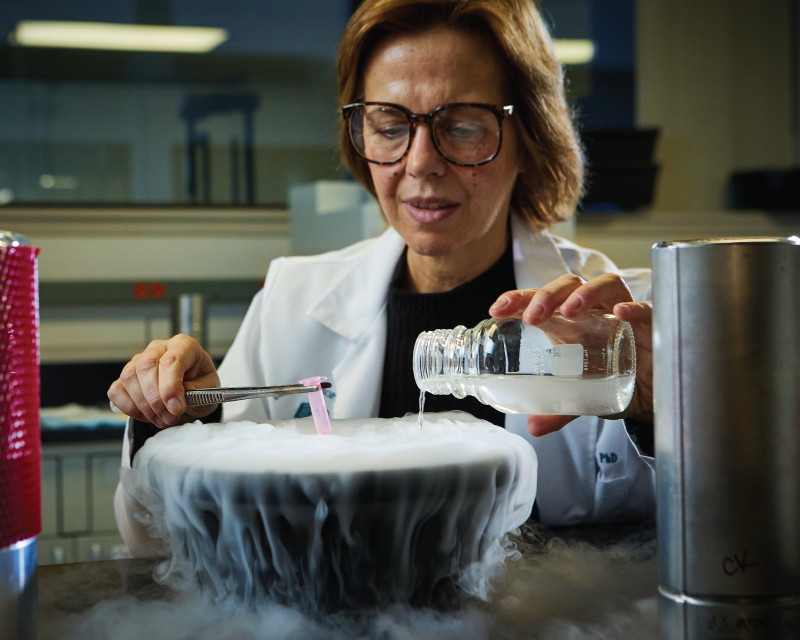
2022 | Dr. Francesca Marassi Named Chair
Francesca M. Marassi, PhD, became chair of the Department of Biophysics in Oct. 2022.
Learn More About Dr. Marassi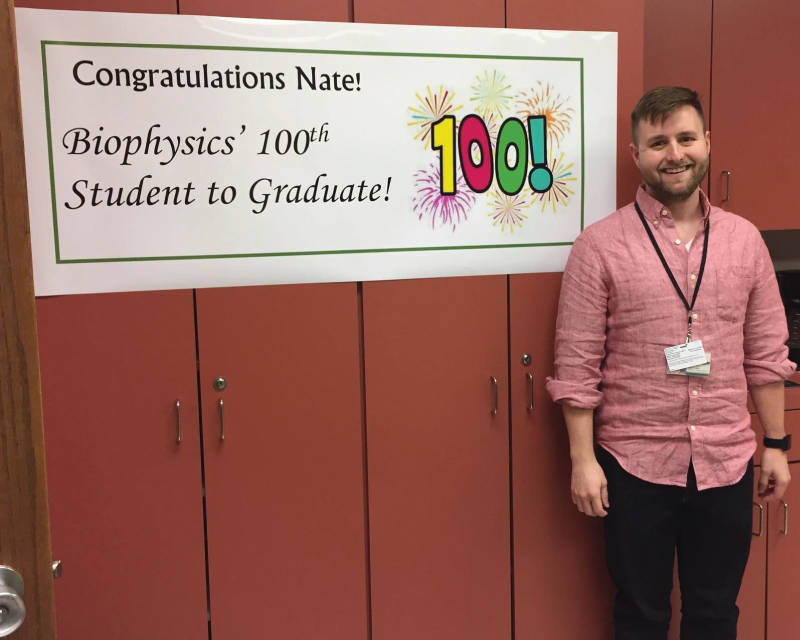
2017 | 100th Student to Graduate
The Biophysics Graduate Program celebrated its 100th graduate—Nathan Skinner, PhD (faculty advisor Matthew Budde, PhD)—in March 2017. Thirty-five years prior, in 1982, Carol Popp Weingarten, MD, PhD (faculty advisor James S. Hyde, PhD), was the first student to graduate from what became the Biophysics Graduate Program.
Meet the MCW Biophysics Alumni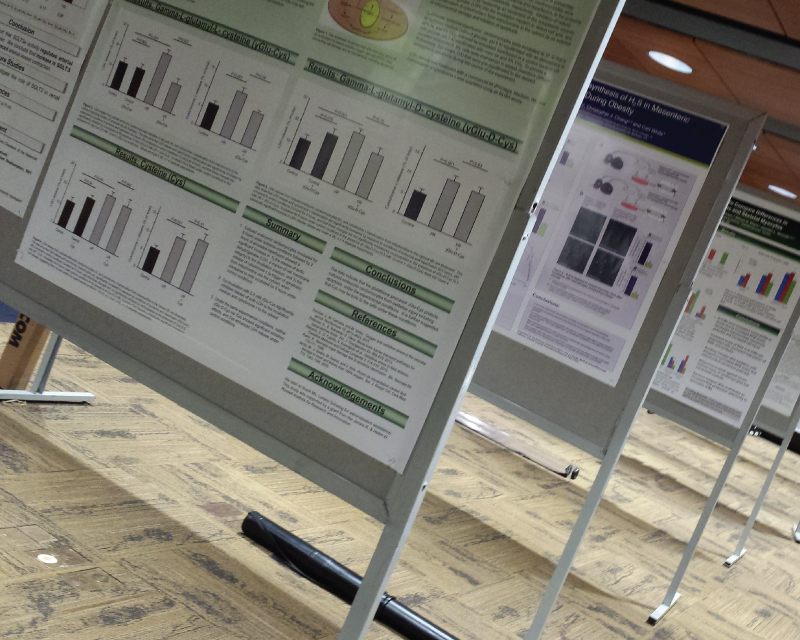
2008 | Redox Biology Program Formed
The Redox Biology Program was formed to foster communication and an exchange of expertise among clinicians and basic science researchers interested in the role of redox processes in physiology and pathology.
Learn About the Redox Biology Program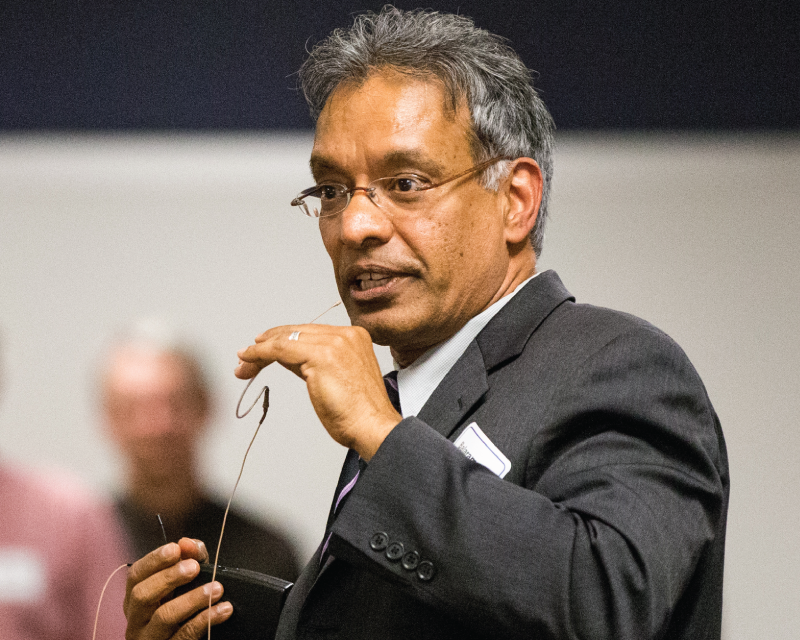
2003 | Biophysics Became Department
The Biophysics Research Institute received department status in 2003, after the MCW Board of Trustees voted to bring it in line with other basic science departments. Balaraman Kalyanaraman, PhD, was chair of the Department of Biophysics from its inception through 2022.
Learn About the Department of Biophysics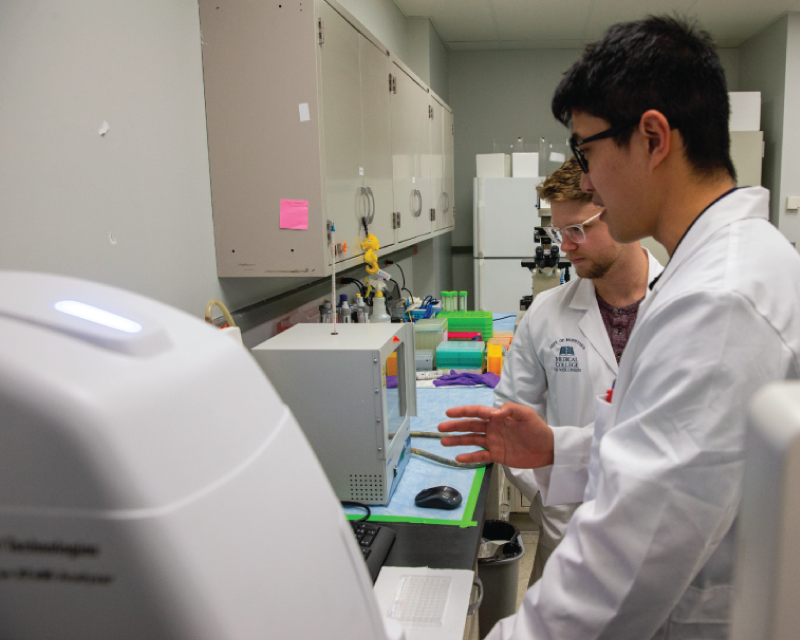
2000 | Free Radical Research Center Founded
The Free Radical Research Center was founded by Balaraman Kalyanaraman, PhD, as an intellectual core facility dedicated to developing the appropriate tools and technology to measure free radicals in biological systems. It later was merged into the MCW Cancer Center Redox & Bioenergetics Shared Resource.
Learn About the RBSR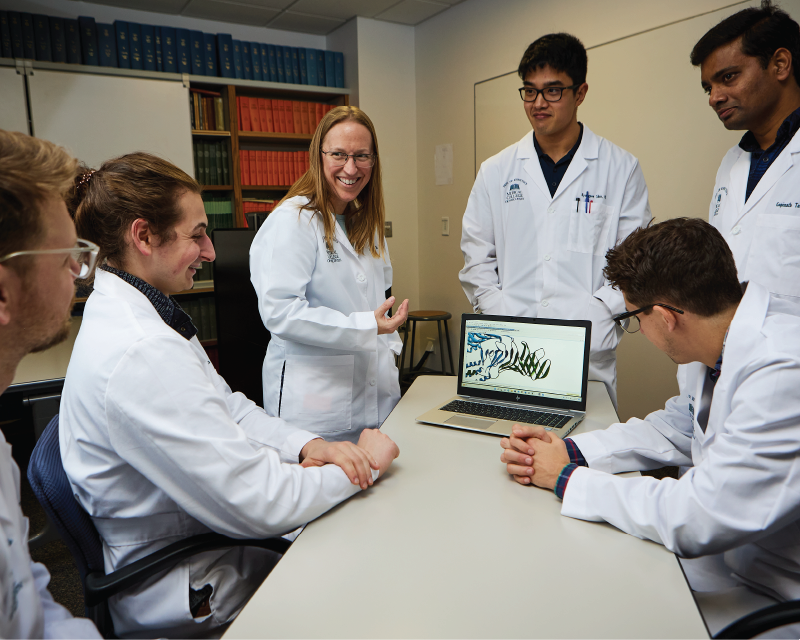
1995 | Biophysics Graduate Program Established
The MCW School of Graduate Studies (formerly known as the MCW Graduate School of Biomedical Sciences) was formally established, as was the official Biophysics Graduate Program in January 1995.
Learn About the Biophysics Graduate Program at MCW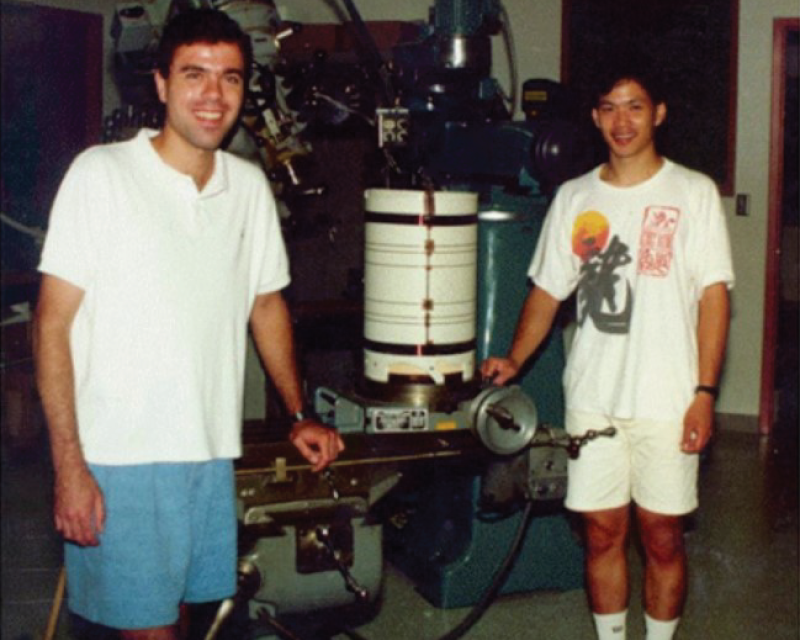
1992, 1995 | fMRI Pioneered
James S. Hyde, PhD; MD/PhD student Eric Wong; and PhD student Peter Bandettini were the first in the world to publish on functional MRI of the sensorimotor system in the human brain in 1992. In 1995, Dr. Hyde published the first paper on resting-state functional connectivity MRI, which has since been cited thousands of times.
Learn about fMRI Research at MCW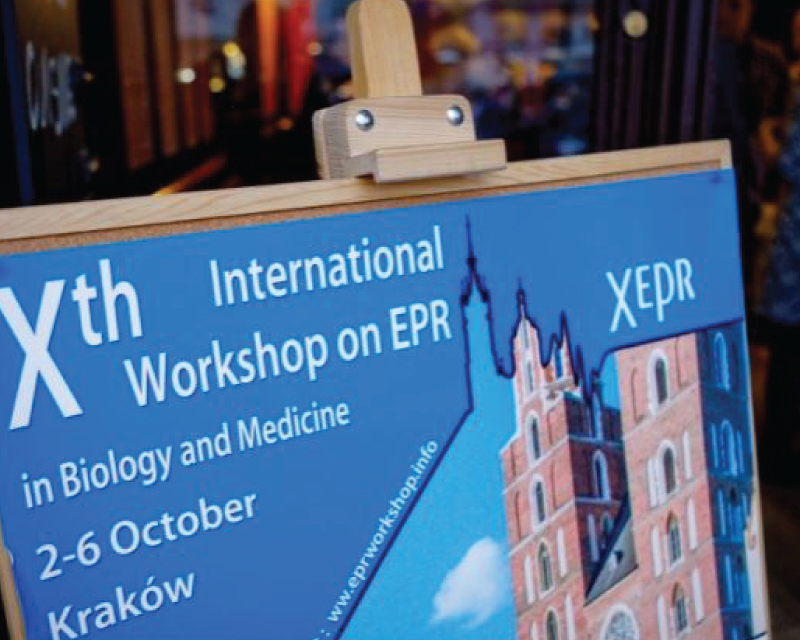
1989 | First International EPR Workshop Held
The first International EPR Workshop was held in Krakow, Poland. The workshop ongoing and is held every two to three years, and is a collaborative effort between MCW and Jagiellonian University researchers that has resulted in hundreds of scientific publications, and recruitment of graduate students, postdoctoral fellows and visiting professors to MCW.
Learn About EPR Research at MCW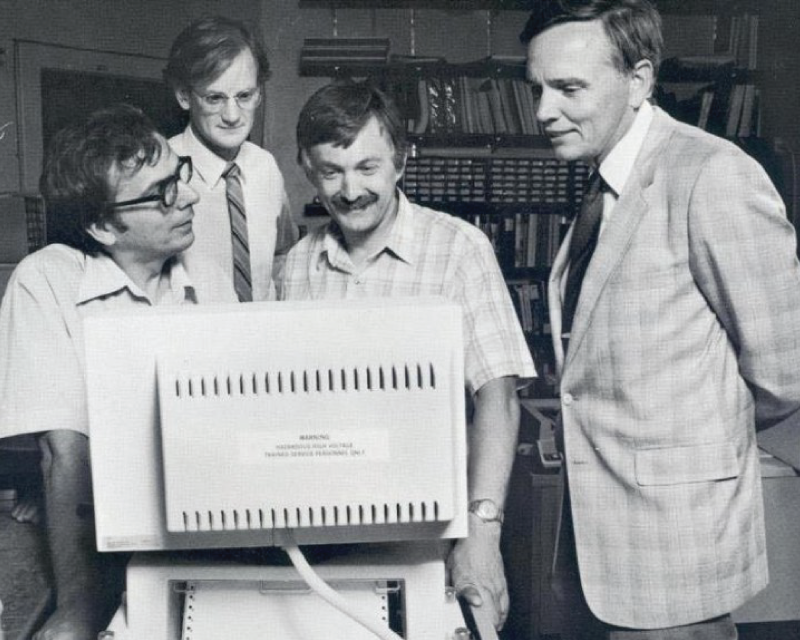
1983 | Biophysics Section Formed
The Biophysics Section was formed within the MCW Department of Radiology. James S. Hyde, PhD, was chief of the Section. The Section became the Biophysics Research Institute in 1992, under the direction of Dr. Hyde.
Learn About Biophysics Research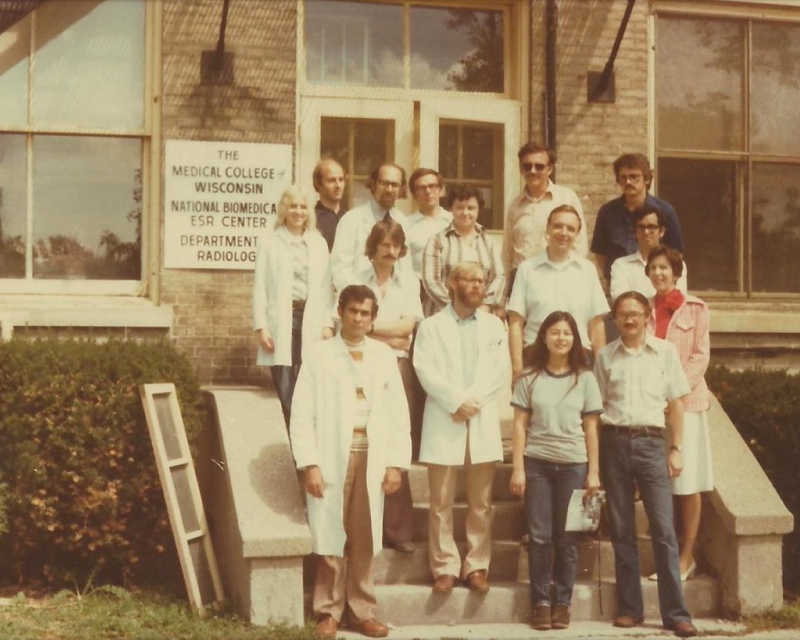
1976 | EPR Center Established
The National Biomedical EPR Center was established as a biotechnology resource center to enhance biomedical research use of electron spin resonance spectroscopy, and it is one of the largest electron paramagnetic resonance (EPR) facilities in the nation. The EPR Center was supported by an NIH P41 research resource award from 1976 to 2019.
Learn About the EPR Center


